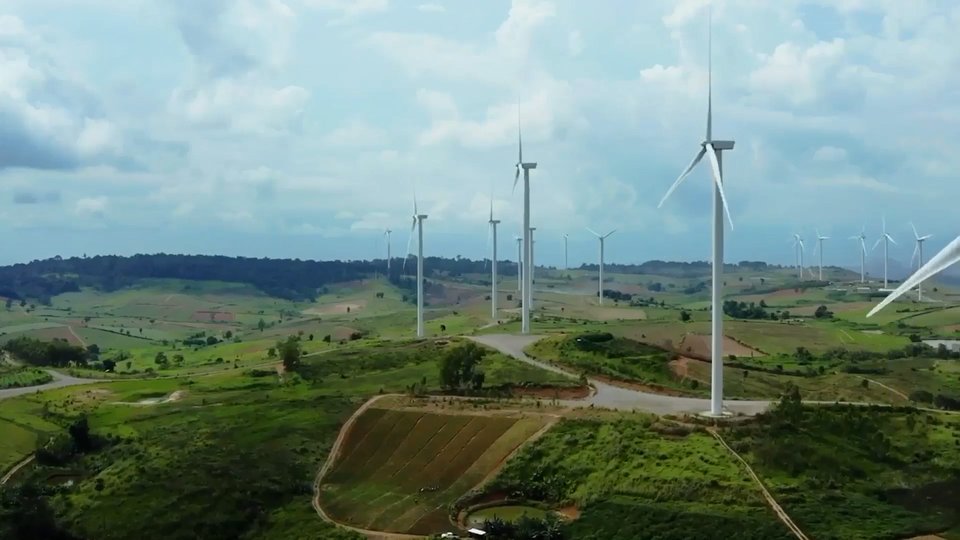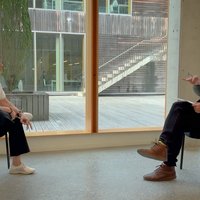"Language research can be an important opportunity for early detection of neurodegenerative diseases"

Language is very complex to define. It is what we are doing ourselves, a communication action. But language is also an opportunity to represent reality. And without language, the representation of reality would not be the same, because language influences our ways of life; we use it daily for anything.
For me it is a very important challenge to be director of the BCBL. As I said at the time I was appointed, I want to thank all the people who have selected me to do such an interesting job. Any researcher dreams of implementing a set of ideas in a pioneering center. The challenge is very interesting, it requires a lot of effort and a lot of work, but we will do it with great enthusiasm. We know they have placed their trust in us and we hope to live up to the forecasts.
In the BCBL we will mainly investigate cognitive processes and the production and understanding of language. However, we will have a specific line of research for bilingualism research. We will conduct basic research in the areas of understanding, language acquisition and production, language alterations or processing neurodegeneration, as well as bilingualism.
In principle, it has no practical application to understand what you and I are doing right now. I am producing, I am creating sounds from certain ideas. Those sounds come to you, and yet I want you to have an idea of what I am transmitting. All this seems to have no consequence. But what happens when someone loses that capacity or has trouble assimilating language, reading and writing? That's when we get into the subject. I always put the same car example: it is possible that mechanics who do not know how cars work repair cars, but it would be best to know how they work to repair them. So, when we know how this communication action works, that is, when we discover the secrets of nature and know your processes and yours, we can help people with problems. Language is a system made up of several subunits. Researching these language subunits can be an important opportunity to design early detection tools for neurodegenerative diseases.
We know things, but there is still much to research and learn. It is true that great advances have been made, especially thanks to current technology such as functional magnetic resonance imaging, magnetoencephalography, electroencephalography... Also, in the last 20 years there have been important theoretical advances. But much remains to be discovered. Man has come to the Moon and we are not yet able to understand what is happening when you and I speak. It is a complex problem, but we are in it.

To do this we use the technological tools mentioned above and work with high-level experts from different countries. In addition, it is a very interesting territory. And we have two languages with very different typological characteristics. It is therefore a privileged place to investigate the language and for this we have all the means.
Yes, of course. Today there are many bilinguals there and here, but it would be a mistake not to take advantage of the bilingualism we have in the Basque Autonomous Community. Because it has several advantages. Premature bilinguals, that is, people who receive both languages from birth, and late bilinguals, that is, one of those two languages are the people who have received after puberty. In other places it is not easy to find this type of population.
So, I think the location of the center has been related to all this. However, we should ask those responsible for Ikerbasque who have created the centre.
Yes, I am also bilingual. My first language is Galician. I studied Spanish to go to school. However, bilingualism is different from bilingualism here. In fact, Spanish and Galician are very similar, both languages are Romanesque.
In the 1970s it was bad to be bilingual. Today we know that it has certain advantages in some cognitive areas, which does not mean that bilinguals are more or less than monolinguals. However, this habit of constantly changing from one language to another can provide advantages for bilinguals in relation to certain attention controls. That is, there are studies that show that in some tasks that require attention and change, bilinguals have more facility than monolinguals to make those changes.
According to another study, people who are bilingual or in contact with another language have less risk of developing neurodegenerative diseases. However, such an investigation must be verified.

We already have an investigation with the students of the Erasmus program and the truth is that it is giving interesting results. Think that being in contact with another language -- even if they are only stays of three or four months -- brings advantages in some care and control processes.
They are two very different things. Language is like an instinct. No one doubts that a spider is not able to build a web of spiders. Language is an activity that humans naturally receive, without teaching. All we need is not being isolated, being one in a community that we can communicate with others. However, reading is a skill that needs teaching. On the one hand, the language and on the other, the maping of phonemes of grafema, that is, to learn that each sound has a letter. In short, both processes are totally different: language is effortless natural learning, while reading requires effort and regulated learning.
There is not much research that explains how our brain changes as we acquire a language. It is very difficult to observe the changes that occur in the brains of children. From the moment of the child's birth he is appropriating the language, although then he is not able to use it for a while. The identification of these changes is very difficult due to ethical problems. In addition, magnetic resonance imaging is rare in children of this age. However, researchers have started working with new application techniques in children such as NIRS (near-infrared spectroscopy). Therefore, in the coming years there may be attractive discoveries.
A few months ago we published in the journal Nature an article that will help us understand how the brain changes as we learn to read. We saw changes in grey matter and white matter. Gray matter, so to speak, is made up of neurons and dendrites. White matter, on the other hand, is axons, equivalent to interurban highways. It is an important discovery to carry out new research. In fact, in addition to analyzing which areas are activated or important to perform a certain activity, it is important to know how these areas are connected.
It would also be interesting to know if the changes that occur in the brain as we learn to read are the same or not, regardless of the language or reading level. Significant advances in knowledge in this area may occur in the coming months or years.
Buletina
Bidali zure helbide elektronikoa eta jaso asteroko buletina zure sarrera-ontzian










